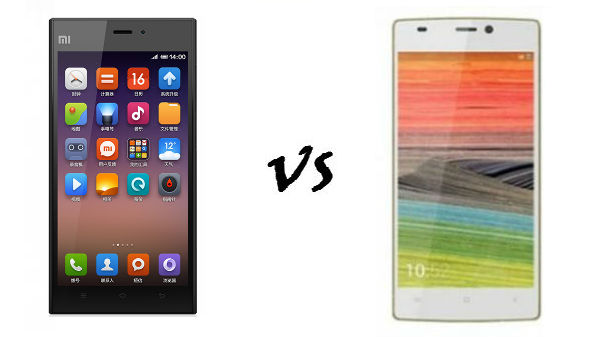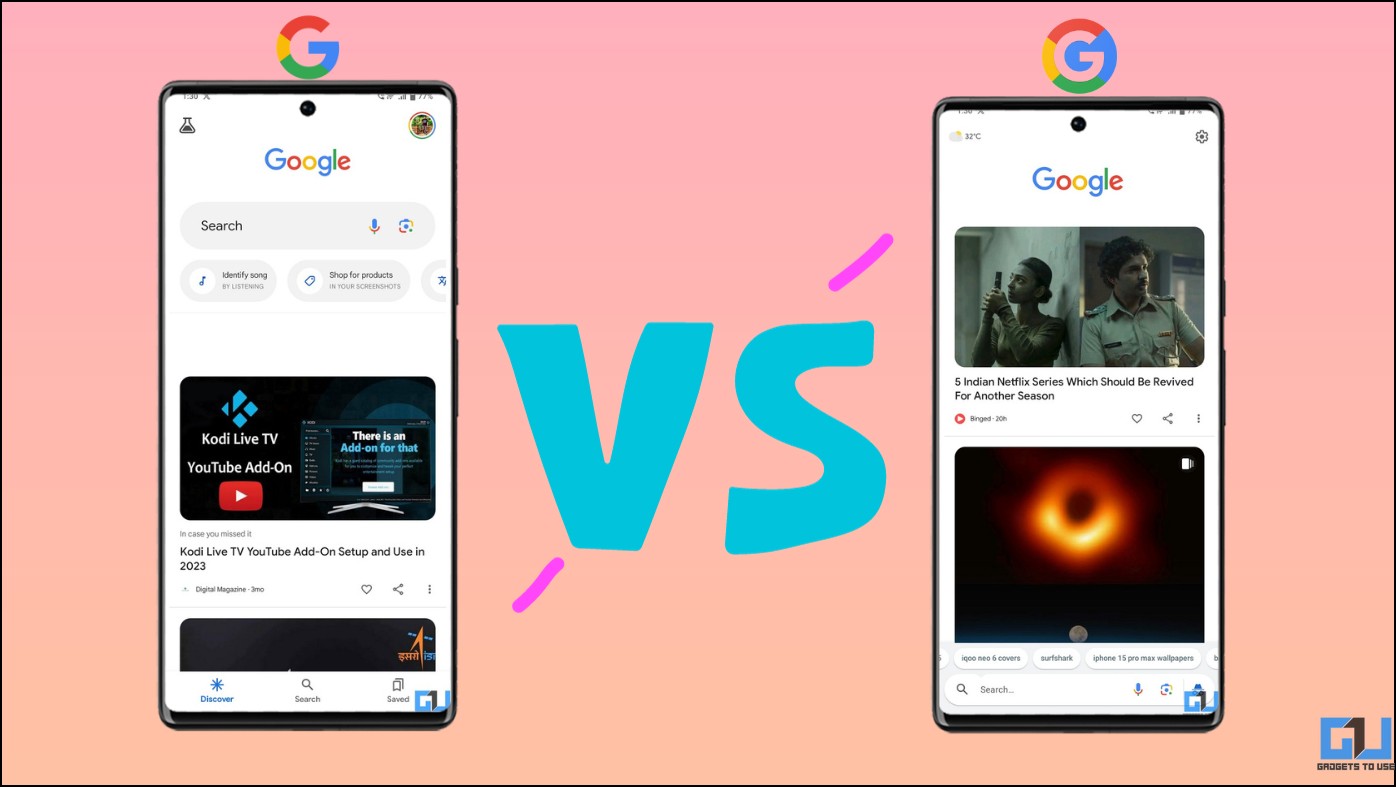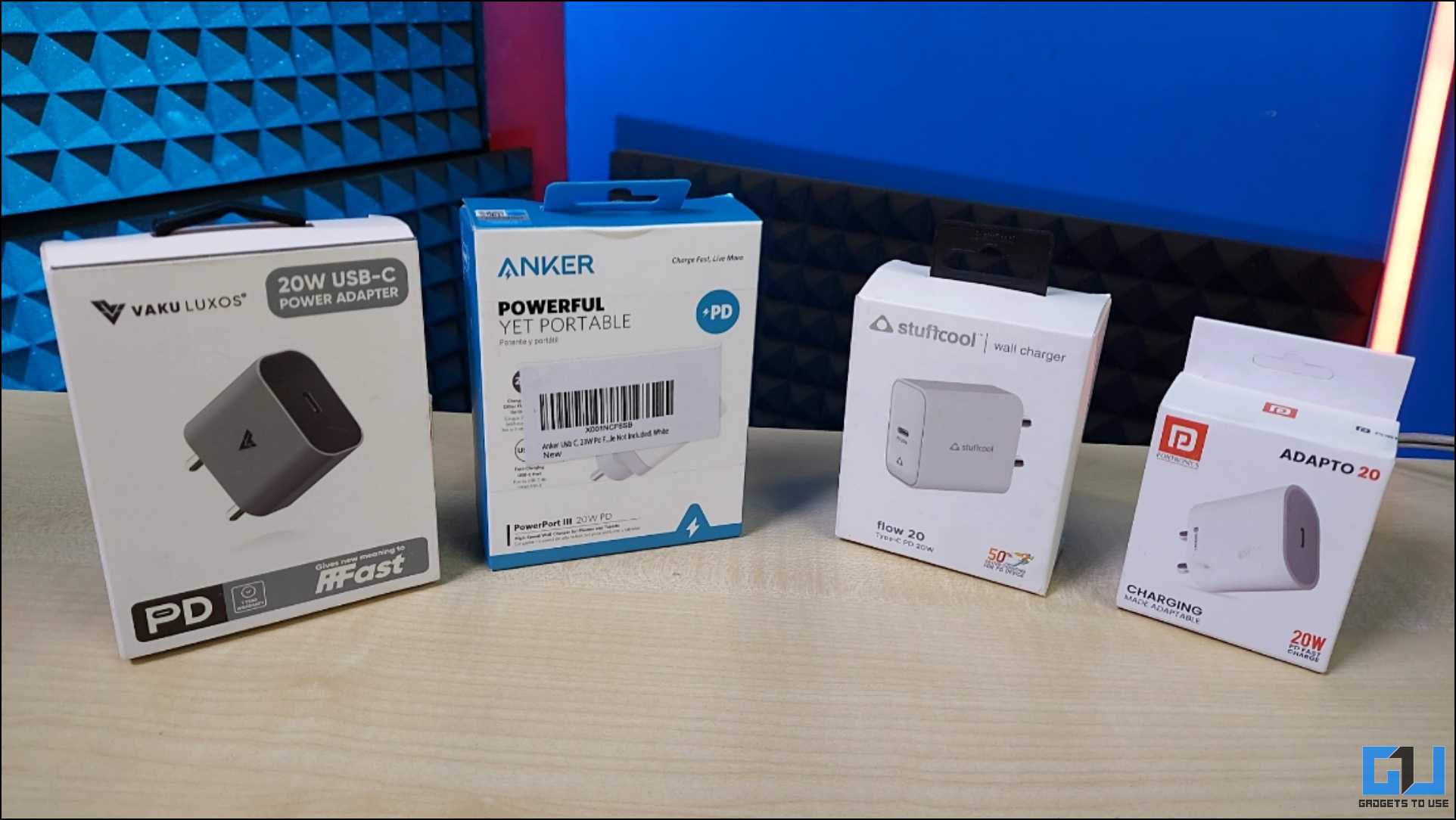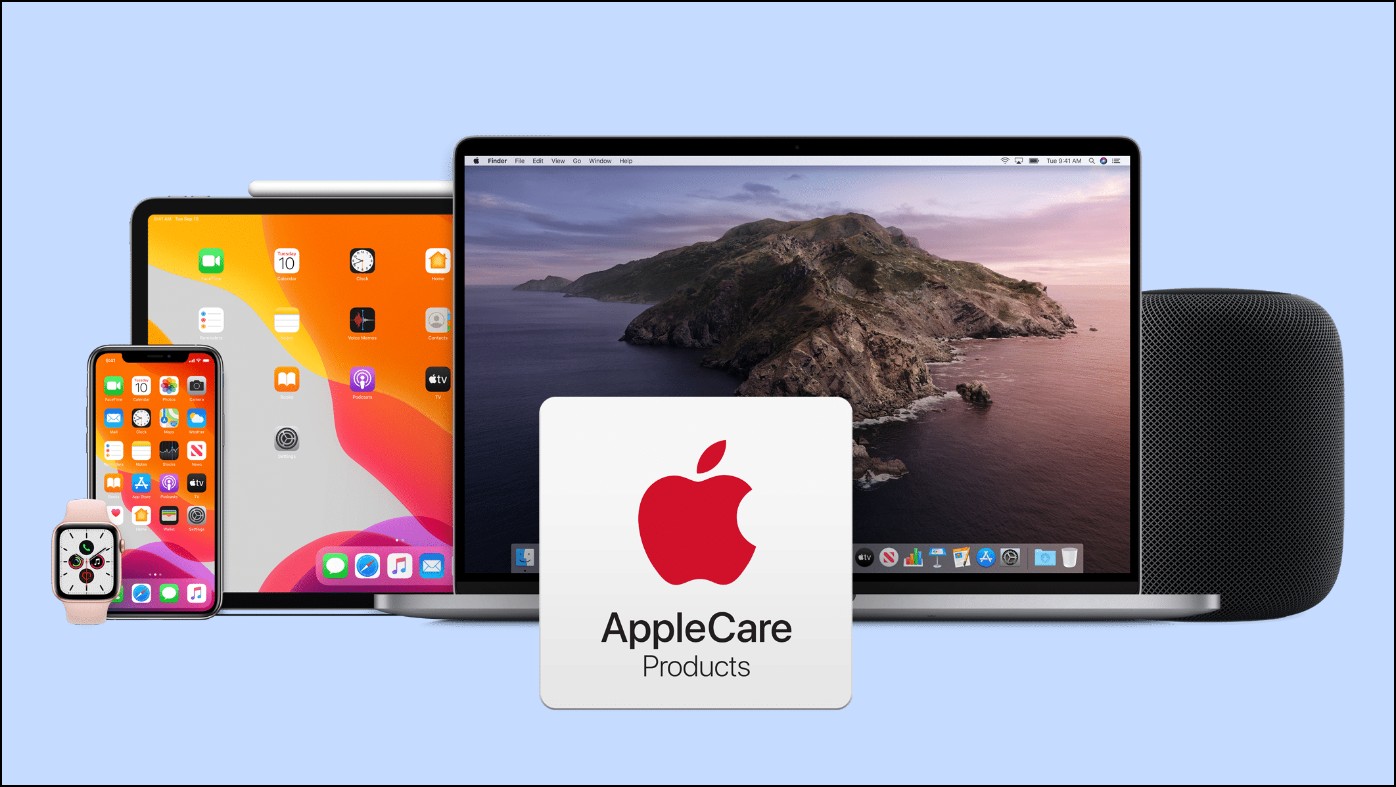Quick Answer
- But the Gionee offering gets Corning Gorilla Glass 3 on top of it for added protection and boasts Super AMOLED technology that reduces the power consumption and makes it possible to read the content on the screen even under direct sunlight.
- The Xiaomi Mi3 gets a 5 inch display with FHD resolution of 1920×1080 pixels and this is pretty much the same set of specifications as the Elife S5.
- 5 are way too different in the raw hardware segment, if you choose to own smartphone with a strong battery, you can opt for the Xiaomi Mi3.
Update 18-7-2014: Xiaomi Mi3 doesn’t come with Gorilla Glass 3 as initial reports suggested. We are still waiting for official confirmation. We have received our review unit and it doesn’t mention Gorilla Glass 3.
15-7-2014: Xiaomi Mi3 is fueled with Android 4.4 Kitkat out-of-the-box in India.
The Chinese vendor Xiaomi is gearing up to enter the India smartphone market. Xiaomi has confirmed that it will sell the device at Rs 14,999 making it competitive. Another offering from China that is available in this in the sub Rs 20,000 price bracket is Elife S5.5 from the stable of Gionee. Lets compare these two phones to know the best aspects of each of them in detail.
Display and Processor
The Xiaomi Mi3 gets a 5 inch display with FHD resolution of 1920×1080 pixels and this is pretty much the same set of specifications as the Elife S5.5. But the Gionee offering gets Corning Gorilla Glass 3 on top of it for added protection and boasts Super AMOLED technology that reduces the power consumption and makes it possible to read the content on the screen even under direct sunlight. On the other hand, the Xiaomi phone uses the IPS display technology that will provide wide viewing angles and enhance the color reproduction.
The Xiaomi Mi3 is stuffed with a quad-core 2.3 GHz Qualcomm Snapdragon 800 SoC that is supplemented with Adreno 330 GPU. In comparison, the Gionee offering employs a Mediatek MT6592 octa-core chipset coupled Mali 450 MP4 graphics unit. Both the handsets include 2 GB of RAM for efficient multi-tasking. As per AnTuTu benchmarks, the MediaTek chipset with eight cores clocked at 1.7 GHz scores 29,400 points, whereas the quad-core Snapdragon 800 chipset scores in the 30,000 range that is almost similar.
Camera and Internal Storage
The Xiaomi phone gets a 13 MP primary camera unit with auto focus, dual LED flash, image stabilization, HDR and FHD 1080p video recording. Also, there is a 2 MP front-facer onboard that can also make video calls at FHD 1080p resolution without missing any details. Going by comparison, the Elife S5.5 has a 13MP primary camera with a 95 degree ultra-wide angle view lens for better low-light performance. Furthermore, there is a 5 MP secondary camera.
Both the devices do not have expandable storage support. However, the both the Xiaomi Mi3 and Elife S5.5 get an internal storage of 16 GB.
Battery and Operating System
Xiaomi has bestowed the Mi3 with a juicier 3,050 mAh battery unit while the Elife S5.5 comes with a 2,300 mAh battery. Obviously, we expect the huge capacity battery in the former to deliver a decent backup to the handset.
Xiaomi phone runs on Android 4.2.1 Jelly Bean (wont be upgraded), whereas the Gionee handset running on the same platform is upgradeable to Android 4.4.2 KitKat. Xiaomi uses MIUI ROM which in our opinion is better than default Amigo UI on Gionee Elife S5.5. Xiaomi also provides regular update for MIUI UI adding new features but it won’t be wise to expect OS update.
Key Specs
| Model | Xiaomi Mi3 | Gionee Elife S5.5 |
| Display | 5 inch FHD | 5 inch FHD |
| Processor | 2.3 GHz Quad Core Snapdragon 800 | 1.7 GHz Octa Core MediaTek MT6592 |
| RAM | 2 GB | 2 GB |
| Internal Storage | 16 GB, Non-Expandable | 16 GB, Non-Expandable |
| OS | Android 4.2.1 Jelly Bean | Android 4.2 Jelly Bean, Upgradeable to Android 4.4.2 KitKat |
| Camera | 13 MP/ 2 MP | 13 MP/ 5 MP |
| Battery | 3,050 mAh | 2,300 mAh |
| Price | Rs 14,999 | Rs 19,999 |
Conclusion
While the Xiaomi Mi3 and Gionee Elife S5.5 are way too different in the raw hardware segment, if you choose to own smartphone with a strong battery, you can opt for the Xiaomi Mi3. And, if you want a slim phone, the world’s slimmest smartphone measuring only 5.5 mm – Gionee Elife S5.5 should be your choice. Performance wise, we are more inclined towards Mi3 which offers one of the best chipsets available out there.













